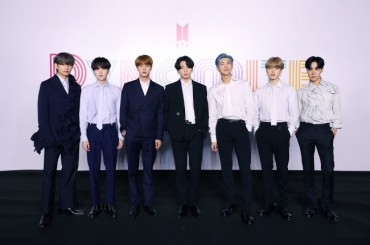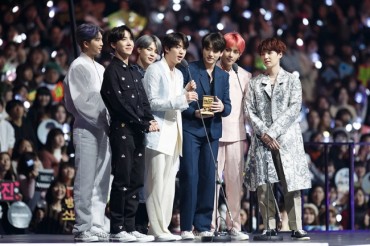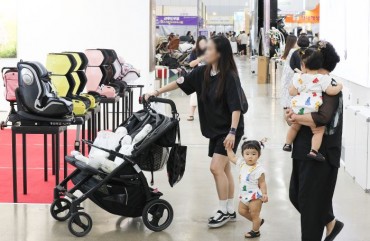
In the midst of a prolonged economic downturn, how much they can afford to give out as “saebae don” or New Year’s money, a custom similar to Chinese red envelopes, is a tricky matter to sort out. (Image: Yonhap)
SEOUL, Feb. 13 (Korea Bizwire) – How much?
That’s the question on the minds of South Korean adults as “Seollal” or Lunar New Year (February 16) is now only days away.
In the midst of a prolonged economic downturn, how much they can afford to give out as “saebae don” or New Year’s money, a custom similar to Chinese red envelopes, is a tricky matter to sort out.
While there are some differences, surveys have found that South Koreans are generally in agreement in terms of the fitting amount each child should receive.
Job portal Jobkorea questioned 1,383 employed adults and found that the most common gifts were 10,000 won for elementary school children or younger (52.6 percent) and 50,000 won for middle school students (37.5 percent).
The answers were nearly evenly split on how much college-age young adults would get; 36.6 percent said 50,000 won while 35.9 percent earmarked 100,000 won.

Expecting large numbers seeking fresh money, one Nonghyup Bank location in North Chungcheong Province set a cap of 300,000 won in exchangeable bills per head, but low demand has rendered the limit unnecessary. (Image: Yonhap)
Gallup Korea conducted its own survey last month (1,004 respondents) and found similar answers, with 40 percent setting the price of one 12 and under child’s “jeol” or bow at 10,000 won and 39 percent willing to part with 50,000 won for the same for 13-year-old to 15-year-old children.
Due to South Koreans tightening their belts and the introduction of the 50,000 won bill in 2009, the “warzone” that banks found themselves in only a few years ago, when hordes of people were out in force looking to trade in bills for crisp new ones, is nowhere to be seen.
Expecting large numbers seeking fresh money, one Nonghyup Bank location in North Chungcheong Province set a cap of 300,000 won in exchangeable bills per head, but low demand has rendered the limit unnecessary.
One employee at the bank said, “At our branch last year, 250 million won exchanged hands for New Year’s money, but this year we only applied for 200 million won in bills. Compared to some years previous, demand has dropped by 30 to 40 percent. It used to be that branches would have to beg for more bills heading into the holidays, but those days are now long gone.”
On the whole, South Korea’s youth may anticipate a haul close to what they pulled in last year. One young woman when asked regarding her New Year’s money plans said, “Of course I want to give my nieces and nephews a lot, but because of my own personal finances I think I’ll have to give about the same as what I gave last year.”
She added, “I think my colleagues are thinking along the same lines for this Lunar New Year holiday.”
Kevin Lee (kevinlee@koreabizwire.com)






